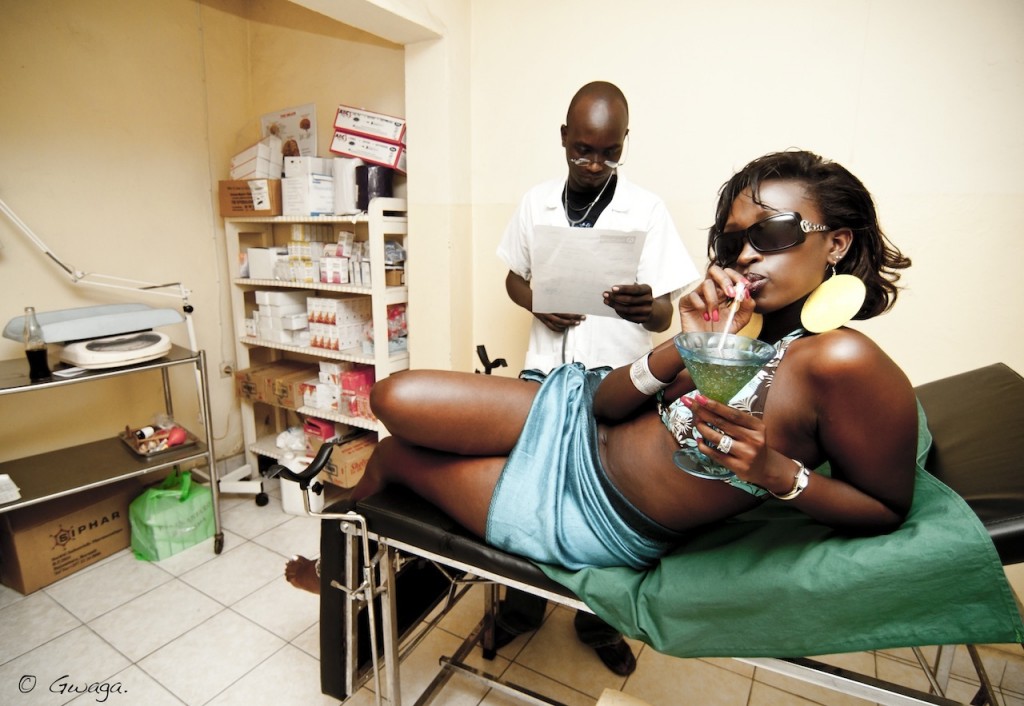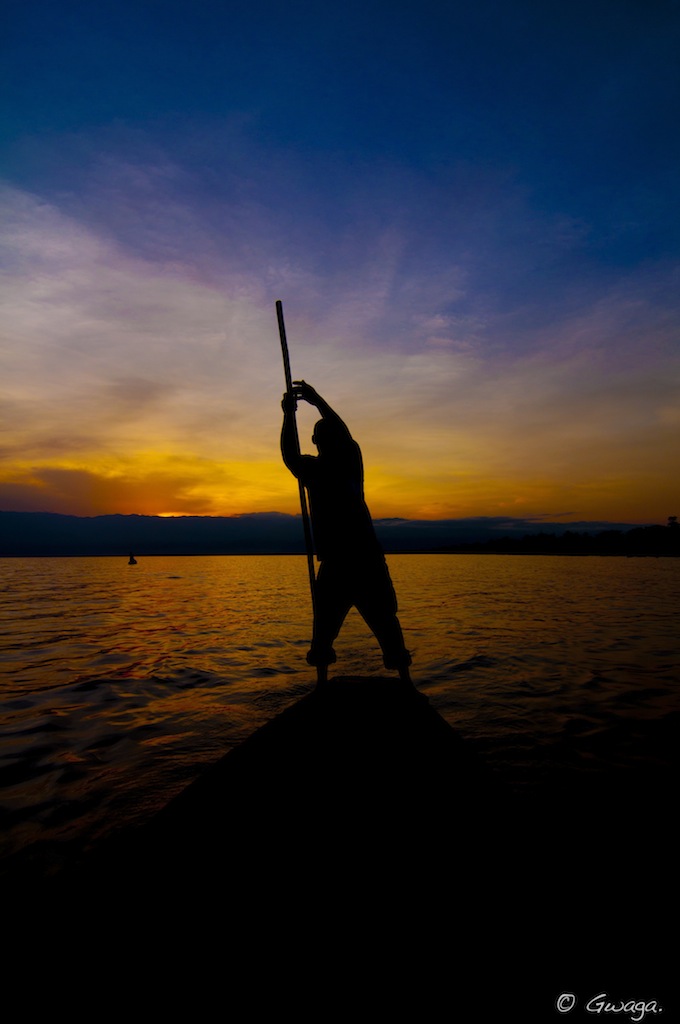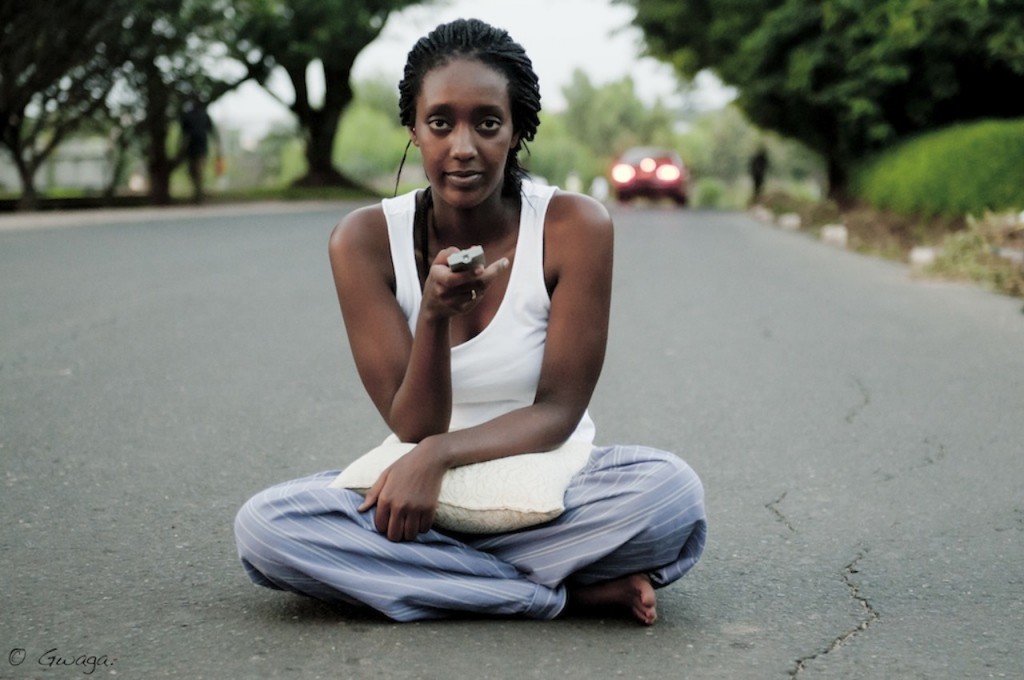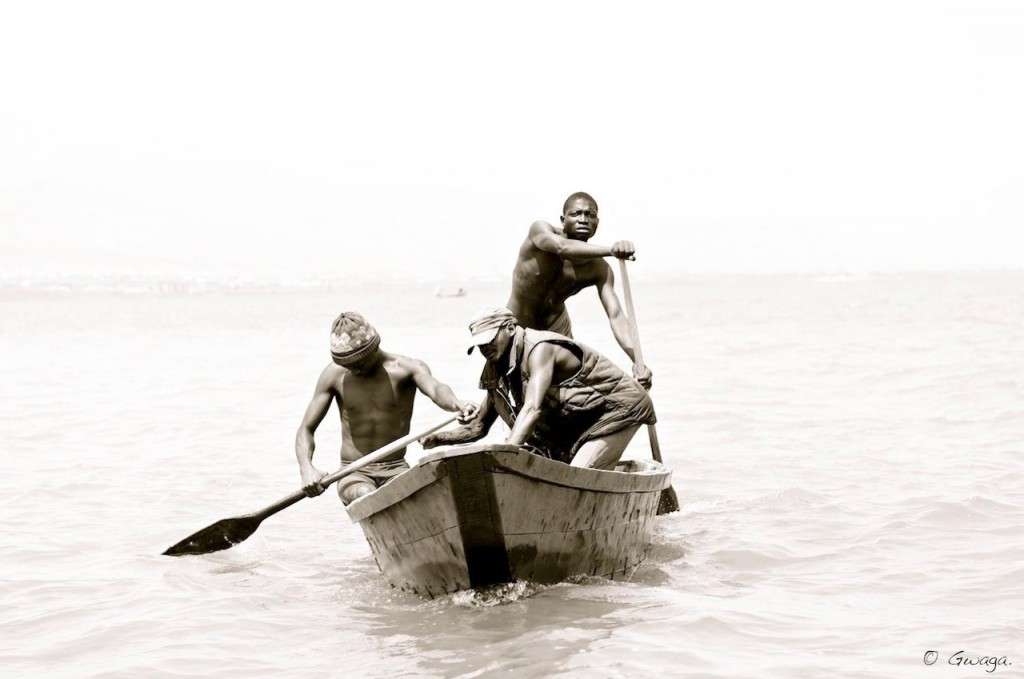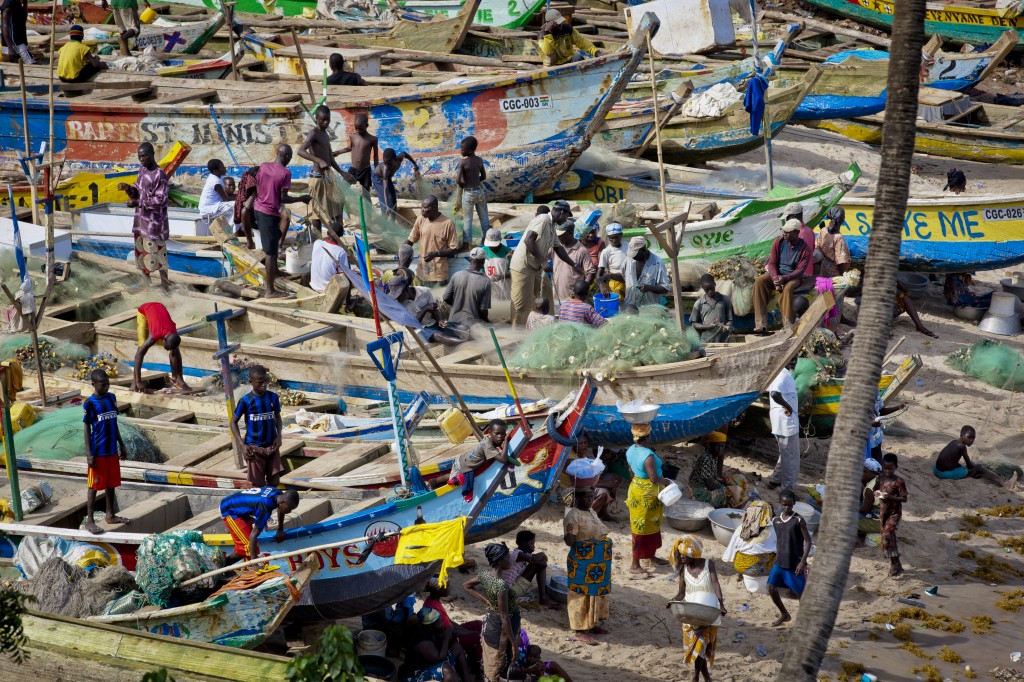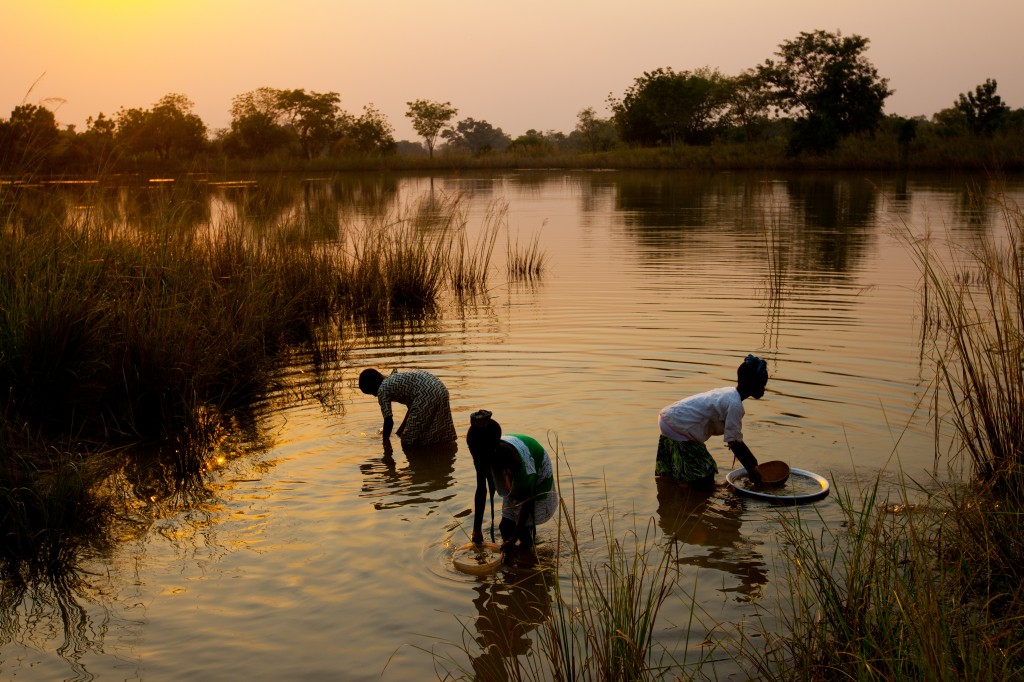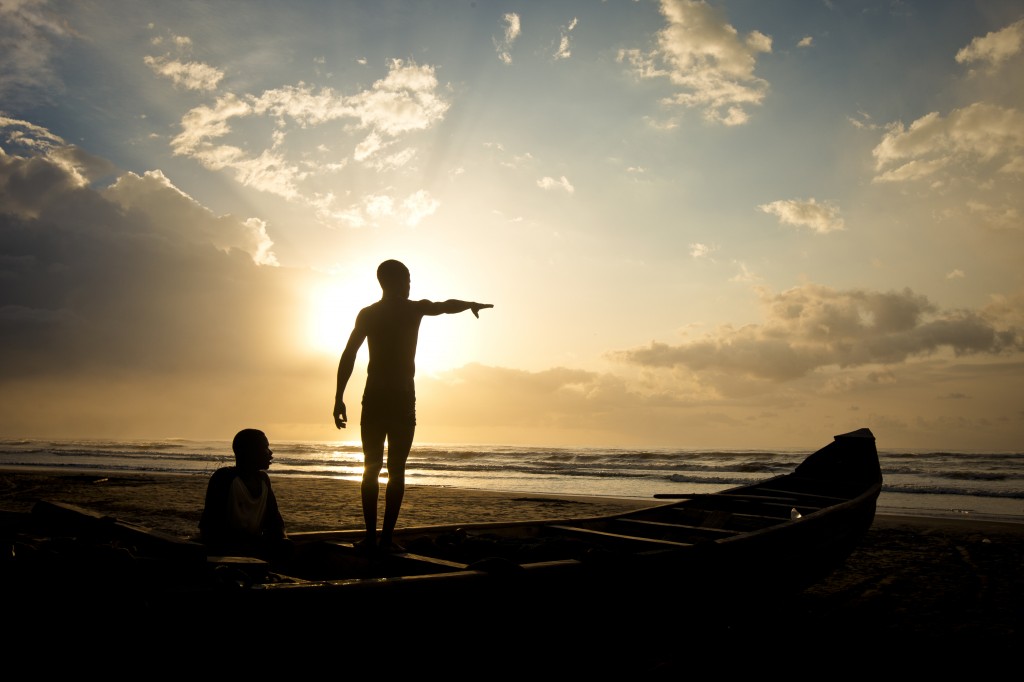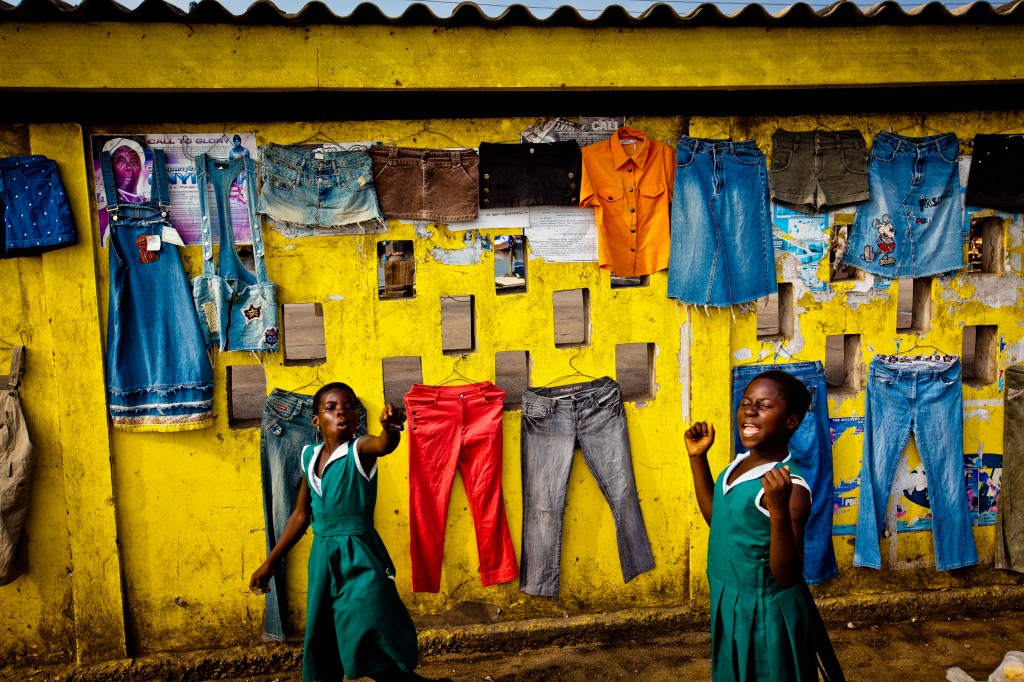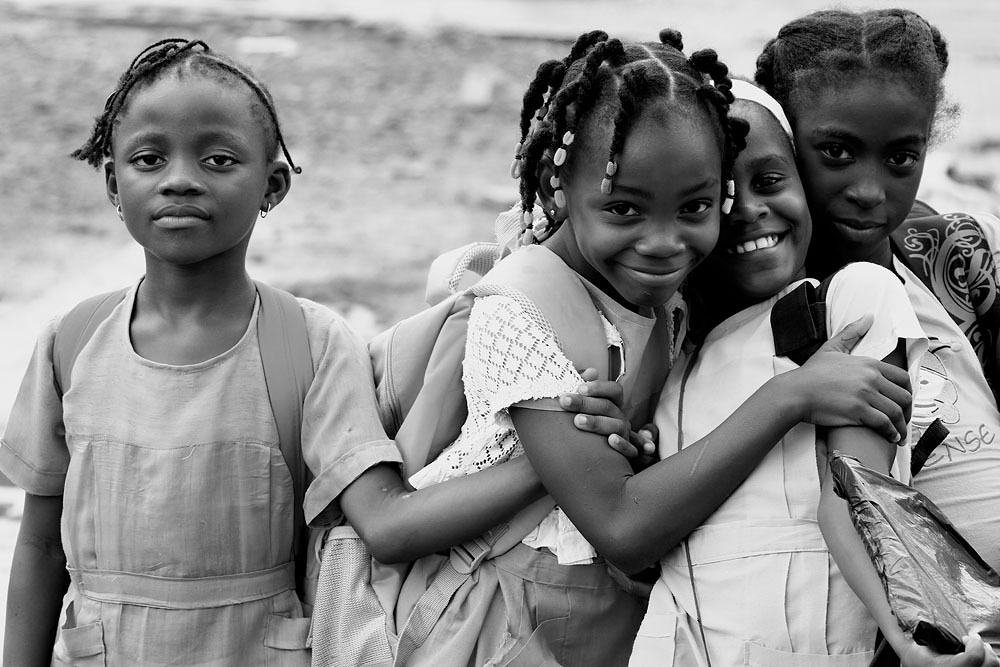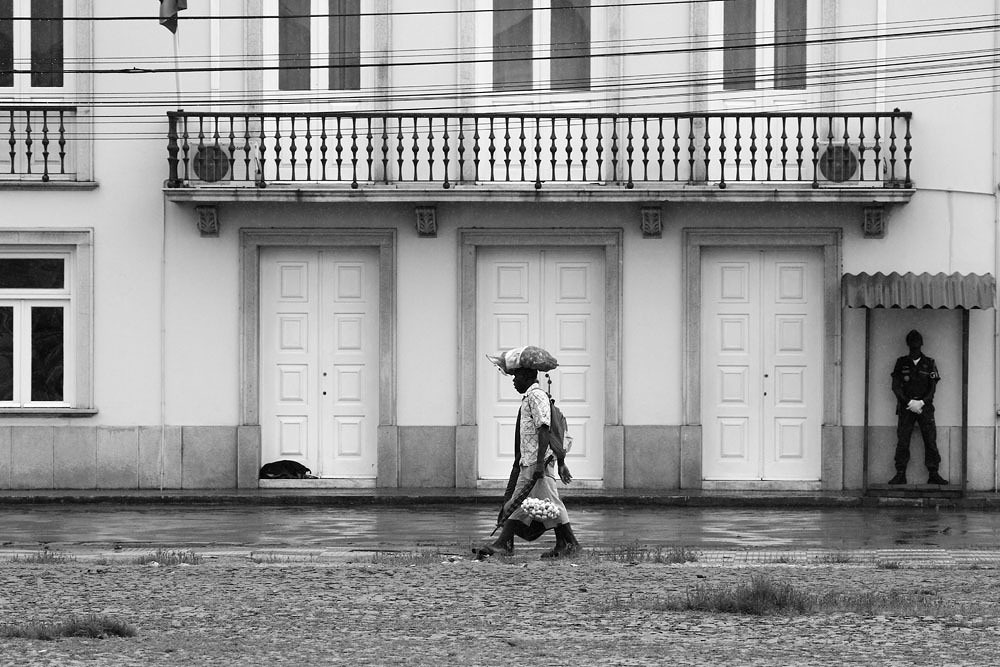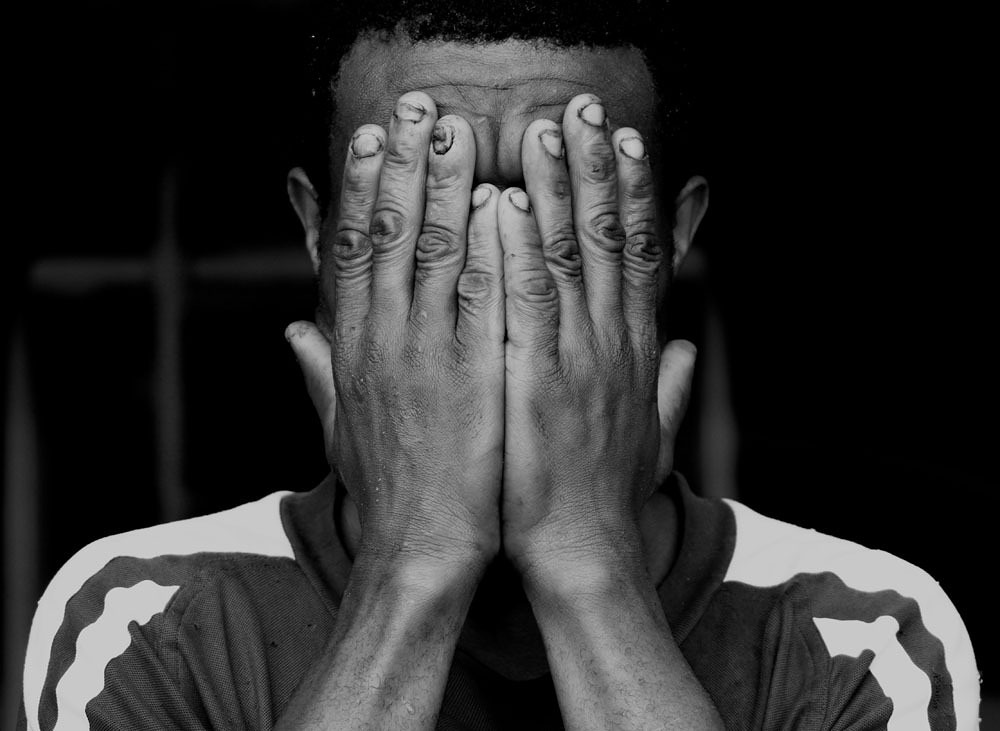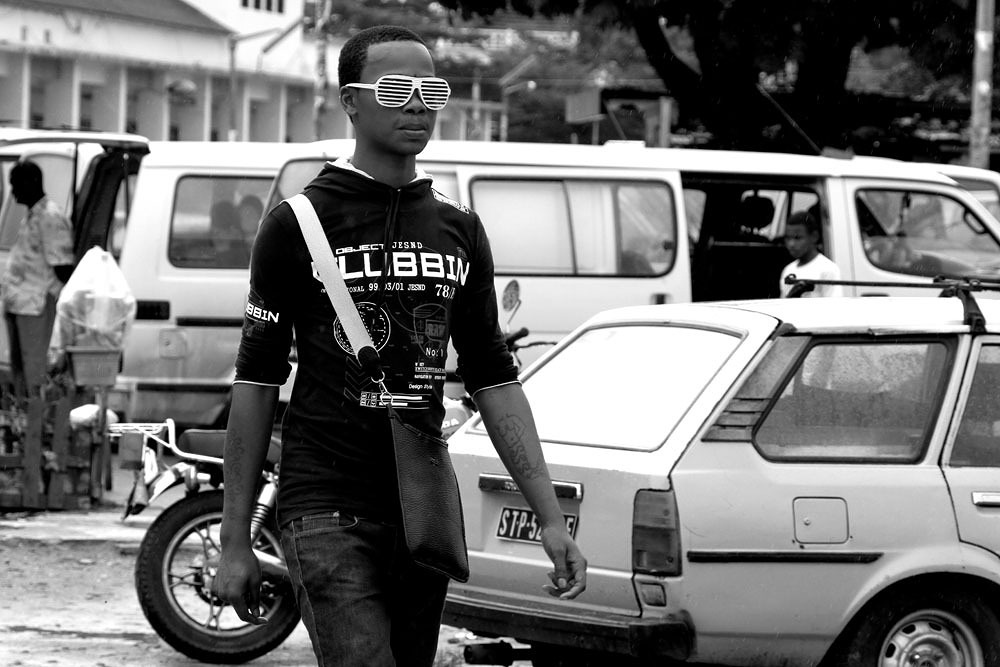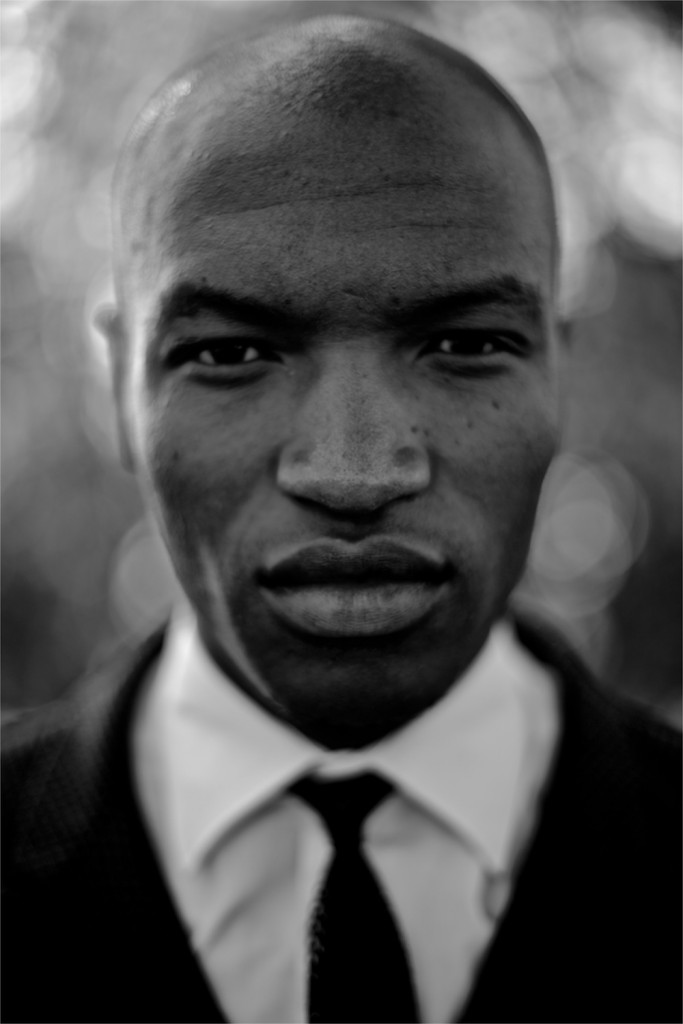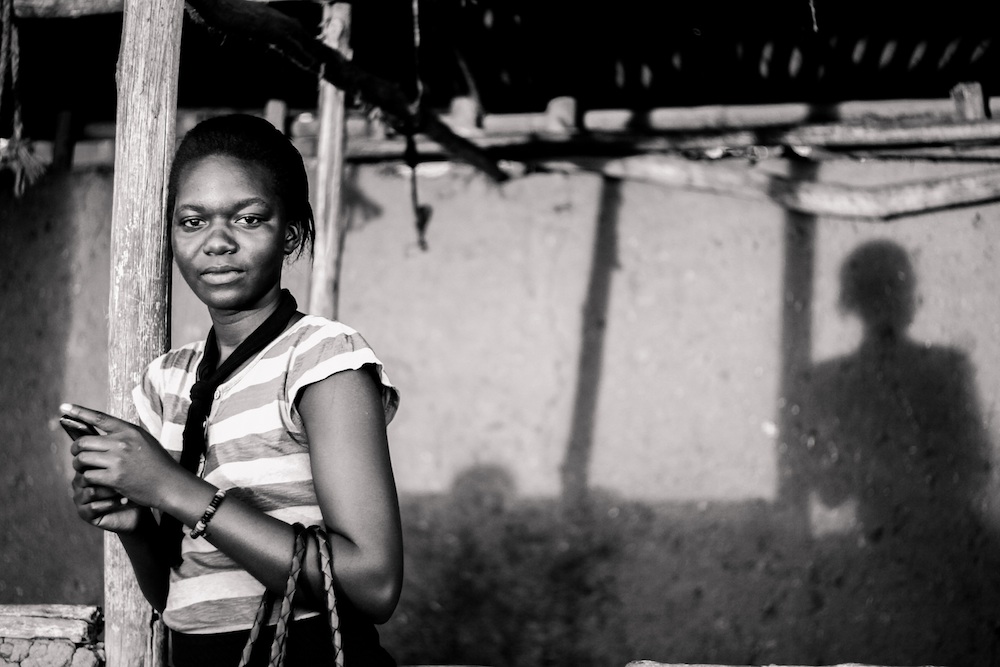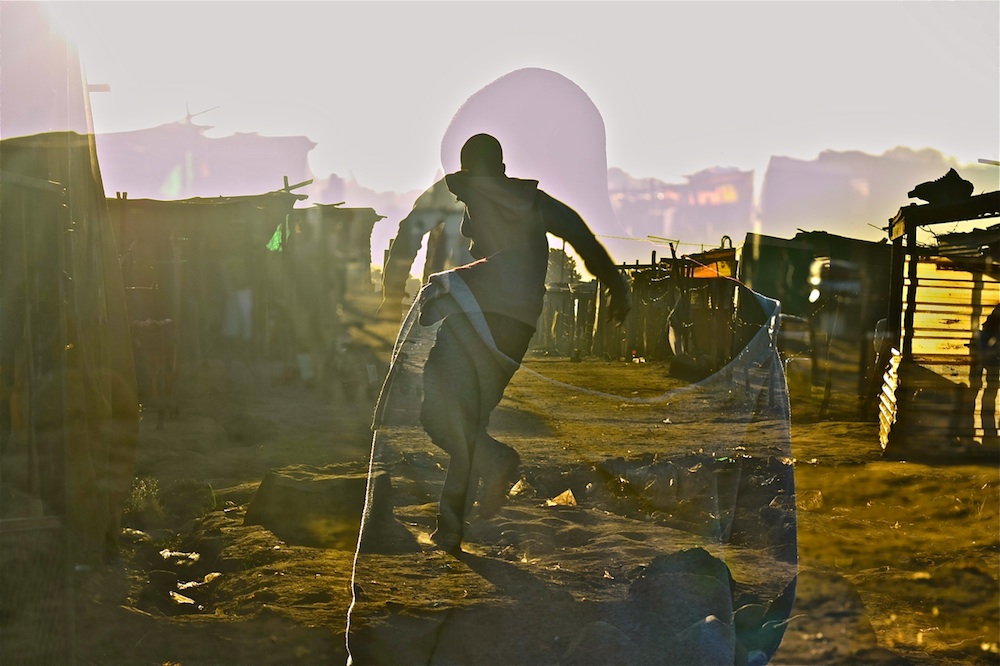Photographing Burundi
African photography is on the rise. From street to art photography, conceptual and documentary to fashion photography, homegrown photographers (not only in the Francophone-African countries) are increasingly stepping up to show their world what they see when they look through the lens, following decades of photographic misrepresentation, or reduction, by observers from outside the continent.
You could call it a luxury problem, but when Arnaud Gwaga Mugisha talks about one of his “hardest struggles” he’s actually referring to the the fact that as a student abroad he had a very difficult time finding beautiful images of his home country to brag with. “Burundi might be poor, but its landscapes are magnificent and its inhabitants are truly loving people,” says the photographer from Bujumbura, Burundi’s capital.
Though he already had a management degree, he decided three years ago to head in a different direction. “I fooled myself into wanting to become someone I actually wasn’t. After dating a photographer, I had the courage to tell myself that it was OK to have spend four years studying and end up doing something completely different afterwards, so I picked up a camera. I should add that support from friends and family made me want to pursue the field of photography as well.” Things fell into place when he started to receive encouraging comments from strangers via social media and from viewers close to home.
“What I did was develop a segment I knew I could run a business in: commercials photography [i.e. advertising]. So after another study – in which I specialised in photographing hotels, currently a booming business here – I teamed up with graphic and web designers to found a creative firm. We focus on commercial work with the intention of reaching other nations, and by doing so change perceptions of Burundi.”
Mugisha chooses and shoots his landscapes, portraits and cultural events carefully to show the “outstanding and captivating” features of his country. His company also works in neighbouring Rwanda, and is preparing for fierce competition in Kenya, Tanzania and Uganda, countries further in the game. “To achieve my goals I will have to partner with locals and let them run the creative section while I stay behind the camera. That way I can set myself apart, and vice versa.”
“In all honestly, says Mugisha, “I’m not a photojournalist; I’m a marketeer.” According to him, the continent needs some serious rebranding – “away from hunger and need for charity.” He made a pledge to himself to never photograph anything bad in Africa; to do so would only be counterproductive. “When the people of a country love their place I can trust them to market it as such. Therefore, I always reflect on why I take an image and often find myself asking questions like ‘Will the diaspora love this shot?’” Giving Burundians the chance to see themselves portrayed differently by one of their own is Mugisha’s goal. And with more Burundians having access to internet and using social media, it’s easier than ever for him to reach more and more of them.
Yet photography is still a new domain in Burundi, and one not often associated with professionalism. Mugisha has to endure questions from people asking about his “hobby” and why he isn’t getting a “serious job.” “There is a certain limitation in earning a living as a photographer in one of the poorest countries in the world. As photographers in Africa, I think we need to take ourselves a little more seriously as well. Specialise and develop in specific fields. I’m a commercials photographer but to earn a living I shoot weddings as well. I should just focus on that one thing: rebranding Burundi.” Every photographer has his or her audience and where non-Africans mainly shoot for westerners, Mugisha’s audience is primarily local. “Of course I aim for an international market, too: they should see that Africans can smile, dress well and live in a breathtaking place. And luckily I can cover everything there is to see in this great variety of landscapes and people, because Burundi is only a small country, but it’s full of beauty.”
Read the original article on This is Africa




